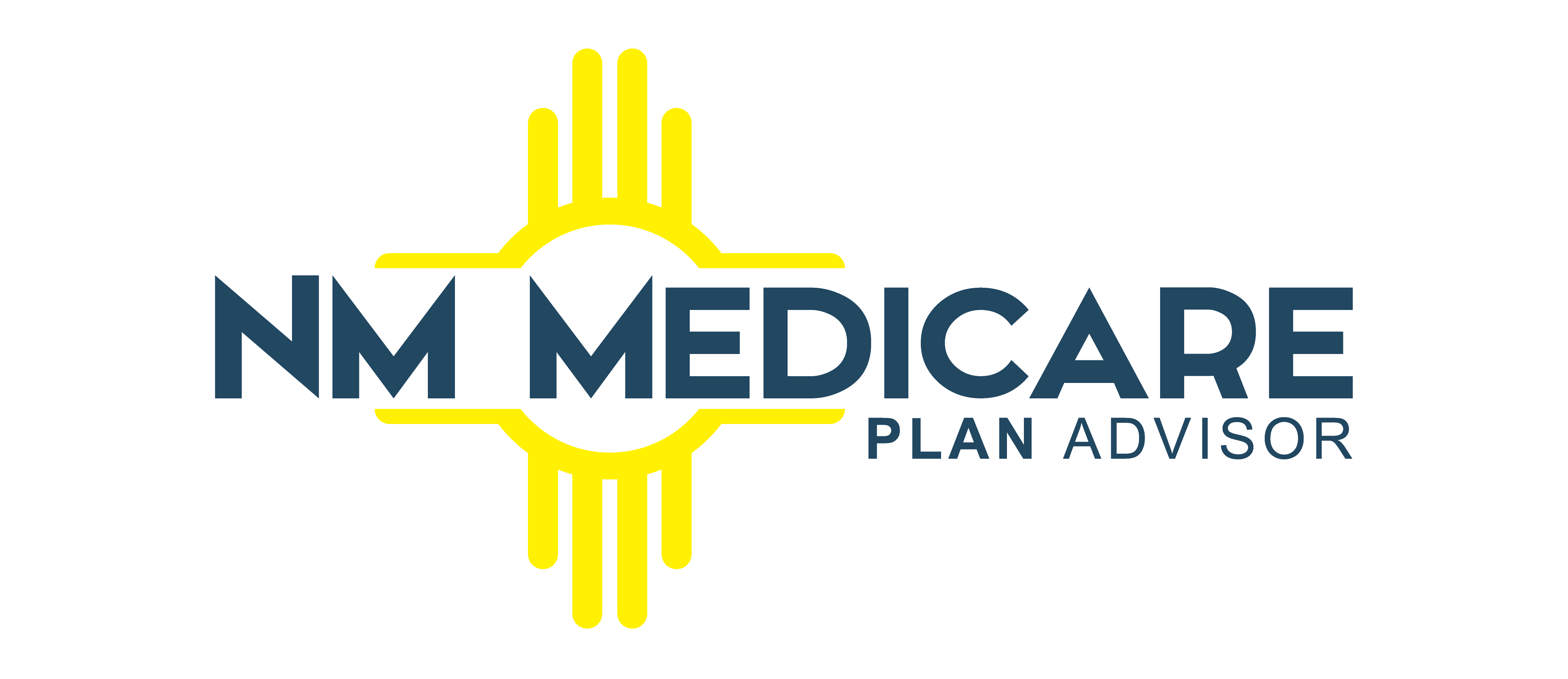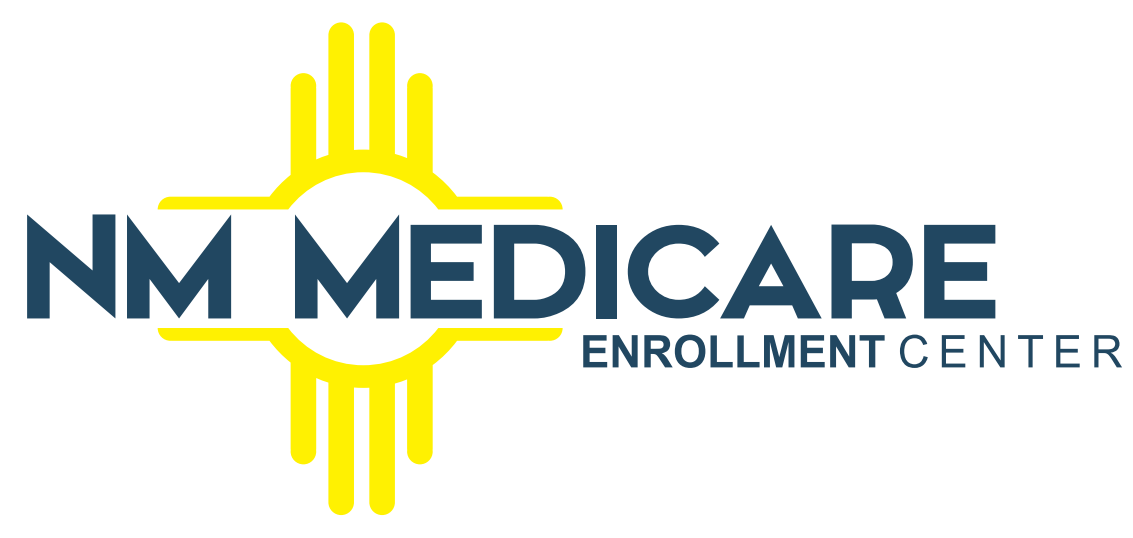In a world where health is wealth, securing adequate healthcare coverage becomes paramount. For millions of Americans, Medicare Part B is a critical component of their healthcare arsenal, providing essential medical services that ensure a healthier and more worry-free life. In this comprehensive guide, we will delve into the intricacies of Medicare Part B, shedding light on what it is, how it works, and why it’s a vital part of the healthcare puzzle for many seniors and individuals with disabilities.
Understanding Medicare Part B
Medicare, the federal health insurance program primarily designed for individuals aged 65 and older, as well as certain younger people with disabilities, is divided into different parts, each serving a distinct purpose. Medicare Part B, often referred to as “Medical Insurance,” is one of these integral components.
What Does Medicare Part B Cover?
Medicare Part B extends its protective umbrella to a wide range of medical services, covering essential healthcare needs that can arise throughout one’s lifetime. While Part A predominantly focuses on inpatient hospital care, Medicare Part B steps in to address various outpatient services and preventive care. Here’s a breakdown of what Medicare Part B typically covers:
Doctor Visits: Part B covers visits to doctors, including primary care physicians and specialists, who diagnose and treat medical conditions. Regular check-ups, consultations, and medical advice are all part of this coverage.
Outpatient Services: Many medical services that don’t require a hospital stay fall under Part B. This includes outpatient surgeries, laboratory tests, X-rays, and diagnostic screenings.
Preventive Services: Medicare Part B encourages proactive healthcare by offering a range of preventive services at no additional cost. These include vaccinations, screenings for diseases like cancer and diabetes, and counseling for certain health-related issues.
Ambulance Services: In cases of medical emergencies, Medicare Part B provides coverage for ambulance transportation when it is deemed medically necessary.
Durable Medical Equipment (DME): DME such as wheelchairs, walkers, oxygen equipment, and prosthetic devices are covered under Part B when prescribed by a healthcare provider.
Mental Health Services: Mental health is an integral part of overall well-being. Medicare Part B includes coverage for mental health services, including outpatient counseling and therapy.
Certain Prescription Drugs: While most prescription drugs are not covered by Part B, it does cover certain medications administered in a clinical setting, such as chemotherapy drugs and certain vaccines.
It’s essential to note that while Medicare Part B covers a significant portion of these services, it does come with some costs, including monthly premiums, deductibles, and co-payments. We will discuss these financial aspects in more detail later in this article.
How Does Medicare Part B Work?
Medicare Part B operates as a fee-for-service program, meaning that it pays healthcare providers a predetermined amount for each service or treatment provided. Here’s how it generally works:
Enrollment: To be eligible for Medicare Part B, individuals typically need to sign up during their Initial Enrollment Period (IEP). This period begins three months before one’s 65th birthday and lasts for seven months. Failing to enroll during this window may result in late enrollment penalties.
Monthly Premium: Most beneficiaries are required to pay a monthly premium for Medicare Part B coverage. The premium amount can vary based on income, but for the majority of enrollees, it is a standard fee.
Annual Deductible: Each year, beneficiaries must meet a deductible before Part B coverage kicks in. This means that you are responsible for paying a certain amount of your medical expenses out of pocket before Medicare starts covering its share.
Co-Payments and Coinsurance: After meeting the deductible, you are responsible for co-payments or coinsurance for the services you receive. This typically involves paying a percentage of the cost, while Medicare covers the rest.
Medicare Assignment: Many healthcare providers accept “Medicare Assignment,” which means they agree to accept the Medicare-approved amount as payment in full for covered services. This helps control costs for beneficiaries.
Out-of-Pocket Maximum: Unlike Original Medicare (Part A and Part B), Medicare Part B does not have a cap on out-of-pocket expenses. This means that there is no maximum limit to what you might have to pay for your healthcare services during the year.
Supplemental Coverage: To help cover some of the out-of-pocket costs associated with Medicare Part B, many individuals choose to purchase Medicare Supplement Insurance (Medigap) or enroll in a Medicare Advantage (Part C) plan.
Who Qualifies for Medicare Part B?
While Medicare Part A is generally available to most Americans aged 65 and older, Medicare Part B eligibility criteria encompass a broader scope. Here’s a breakdown of who can qualify for Part B:
People Aged 65 and Older: Just like Part A, individuals aged 65 and older are eligible for Medicare Part B. Enrollment during the Initial Enrollment Period is highly recommended to avoid late enrollment penalties.
Younger Individuals with Disabilities: People under 65 who receive Social Security Disability Insurance (SSDI) benefits or certain Railroad Retirement Board (RRB) disability benefits are also eligible for Medicare Part B after a waiting period of 24 months.
End-Stage Renal Disease (ESRD) Patients: Individuals with ESRD, such as those on dialysis or who have received a kidney transplant, can qualify for Medicare Part B.
Lou Gehrig’s Disease (ALS) Patients: ALS patients become eligible for Medicare Part B in the same month that their Social Security disability benefits begin.
Understanding the Costs
While Medicare Part B provides invaluable healthcare coverage, it is essential to grasp the associated costs to make informed decisions about enrollment and budgeting for healthcare expenses. Here’s a breakdown of the primary costs associated with Part B:
Monthly Premium: Most beneficiaries pay a standard monthly premium for Medicare Part B. However, the premium amount can vary based on income. The Social Security Administration (SSA) determines your premium based on your modified adjusted gross income from two years ago.
Annual Deductible: Each year, beneficiaries must meet a deductible before Medicare Part B coverage begins. The deductible amount can change annually.
Co-Payments and Coinsurance: After meeting the deductible, you are responsible for co-payments or coinsurance for the services you receive. This typically involves paying a percentage of the cost, while Medicare covers the rest.
Late Enrollment Penalties: If you don’t enroll in Medicare Part B during your Initial Enrollment Period and don’t have other creditable coverage, you may face late enrollment penalties in the form of higher monthly premiums.
Out-of-Pocket Costs: Unlike Original Medicare (Part A and Part B), there is no maximum limit on out-of-pocket expenses for Medicare Part B. This means that your costs can continue to accrue throughout the year.
Additional Coverage: Many beneficiaries opt for additional coverage through Medicare Supplement Insurance (Medigap) plans or Medicare Advantage (Part C) plans to help cover some of the out-of-pocket costs associated with Medicare Part B.
It’s crucial to note that Medicare Part B costs can change from year to year, so staying informed about the latest updates is essential for managing your healthcare expenses effectively.
Preventive Services and Wellness Benefits
One of the standout features of Medicare Part B is its robust focus on preventive care and wellness. The program aims to help beneficiaries maintain good health and detect potential health issues early. Here are some of the preventive services and wellness benefits covered by Medicare Part B:
Welcome to Medicare Visit: In the first 12 months of enrolling in Medicare Part B, you are entitled to a “Welcome to Medicare” preventive visit. During this visit, your healthcare provider will review your medical history, perform a basic physical examination, and provide personalized health advice.
Annual Wellness Visit: After your “Welcome to Medicare” visit, you are eligible for an annual wellness visit. This visit includes a review of your medical history, an assessment of your current health, and the creation of a personalized prevention plan.
Screenings: Medicare Part B covers a wide range of screenings, including but not limited to:
- Mammograms for breast cancer
- Pap tests and pelvic exams for cervical and vaginal cancers
- Prostate-specific antigen (PSA) tests for prostate cancer
- Bone density measurements for osteoporosis
- Colorectal cancer screenings
- Cardiovascular screenings
- Diabetes screenings
- Lung cancer screenings for high-risk individuals
Vaccinations: Part B covers a variety of vaccines to help prevent illness, including flu shots, pneumococcal vaccines, hepatitis B shots, and COVID-19 vaccines.
Behavioral Counseling: Medicare Part B also includes coverage for behavioral counseling for issues like tobacco use, alcohol misuse, depression, and obesity.
Obesity Counseling: Beneficiaries who are obese and at risk for cardiovascular disease are eligible for intensive behavioral therapy for obesity.
By promoting preventive care and wellness, Medicare Part B seeks to empower individuals to take charge of their health, reduce the risk of chronic conditions, and enhance their overall quality of life.
Special Considerations for Medicare Part B
While Medicare Part B is a crucial component of the Medicare program, there are several special considerations and scenarios that beneficiaries should be aware of:
Medicare Advantage (Part C) Plans: Some individuals choose to enroll in Medicare Advantage plans, which are private health insurance plans that combine the benefits of Medicare Part A and Part B. These plans often include additional benefits like prescription drug coverage and may have different cost structures.
Medicare Supplement Insurance (Medigap): Medigap plans are designed to supplement Original Medicare (Part A and Part B). They help cover some of the out-of-pocket costs associated with Medicare, including deductibles, co-payments, and coinsurance.
Part B and Part D Enrollment: While Medicare Part B covers certain prescription drugs administered in clinical settings, it does not cover most outpatient prescription drugs. Beneficiaries looking for comprehensive prescription drug coverage typically need to enroll in a Medicare Part D plan.
Dual Eligibility: Some individuals are eligible for both Medicare and Medicaid, known as “dual eligible.” In such cases, Medicaid may help cover Medicare premiums, deductibles, and cost-sharing for those with limited income and resources.
Travel and Emergencies: Medicare Part B coverage generally applies within the United States. Travelers should consider additional coverage when traveling abroad, as Part B may not cover international healthcare expenses.
Late Enrollment Penalties: Failing to enroll in Medicare Part B during your Initial Enrollment Period, unless you have creditable coverage through another source, can result in late enrollment penalties. These penalties are added to your Part B premium, increasing your overall healthcare costs.

Conclusion
Medicare Part B stands as a pillar of healthcare support for millions of Americans, providing essential coverage for a wide range of medical services, outpatient care, and preventive health measures. Understanding how Medicare Part B works, its coverage, and associated costs is essential for making informed healthcare decisions and ensuring that you receive the medical care you need.
Whether you’re approaching age 65, living with a disability, or dealing with a chronic condition, Medicare Part B offers a lifeline to comprehensive healthcare services. It is a testament to the nation’s commitment to providing access to quality healthcare, promoting wellness, and safeguarding the health and well-being of its citizens.If you have any questions or need assistance with enrolling in Medicare Part B, don’t hesitate to reach out to the NM Medicare Enrollment Center. Our dedicated team of experts is here to provide guidance, answer your inquiries, and ensure that you navigate the Medicare enrollment process smoothly. Your health and well-being are our top priorities, and we’re here to help you every step of the way. Contact us today to get the support you need for a healthier, worry-free future.



